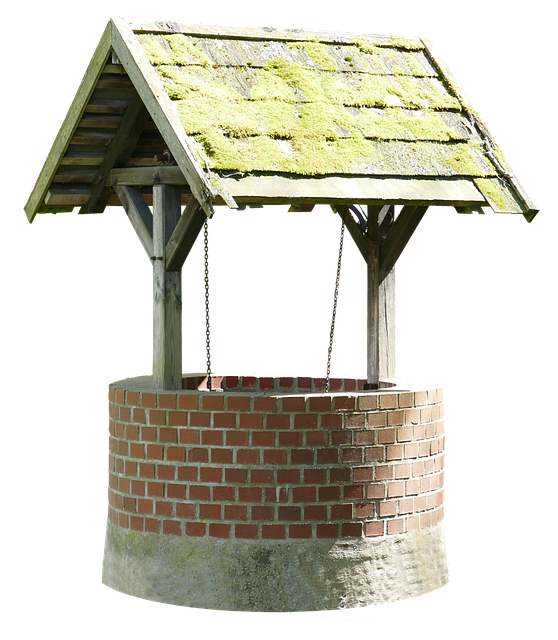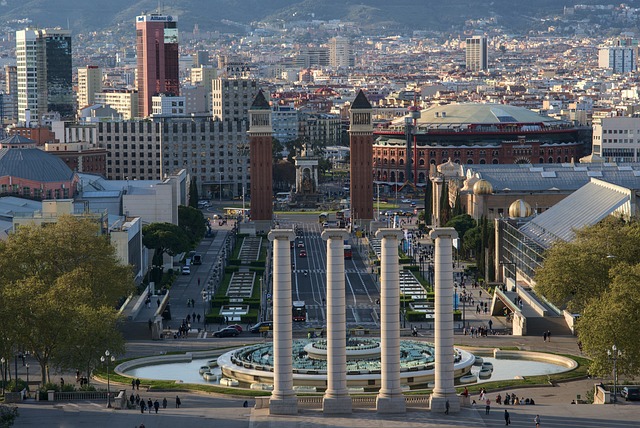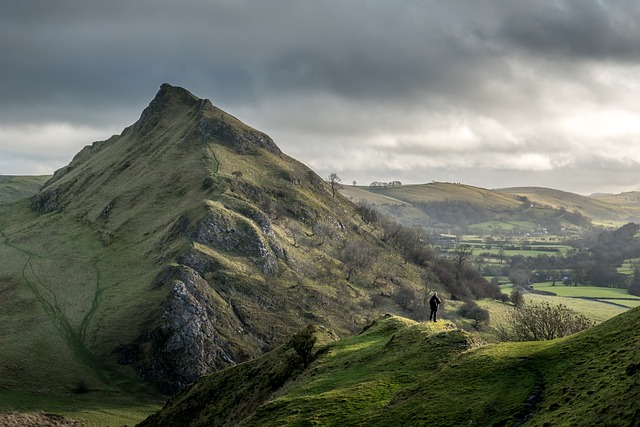Real estate development along desert edges has the potential to revolutionize outdoor recreation by strategically integrating residential and commercial spaces. Thoughtful planning enhances accessibility to key recreational areas, improves local quality of life, and boosts tourism. Commercial offerings focused on equipment rentals, guided tours, and desert-themed events enrich visitor experiences. Creating accessible outdoor desert recreation involves strategic "gateway" development with infrastructure like marked trails and kiosks, preserving delicate ecosystems while offering vibrant hubs for adventure seekers. Key to lasting enjoyment is integrating environmental conservation practices, ensuring sustainable recreation through waste management, water conservation, and mitigating visitor impact.
Discover the transformative power of the desert through strategic real estate development. This article explores how unlocking the potential of arid landscapes can enhance outdoor recreation, creating a gateway for adventurous souls. We delve into strategies for developing access points, from sustainable infrastructure to conservation efforts, ensuring a harmonious balance between exploration and environmental preservation. Uncover how real estate can be a catalyst for accessible, enriching desert experiences.
Unlocking the Potential: How Real Estate Can Enhance Outdoor Desert Recreation

Unlocking the Potential: How Real Estate Can Enhance Outdoor Desert Recreation
In the vast and captivating landscape of deserts, real estate plays a pivotal role in unlocking the full potential of outdoor recreation. Strategic development of residential and commercial properties along desert edges can foster a deeper connection between locals and visitors alike with these unique ecosystems. By integrating outdoor spaces into the fabric of communities, real estate has the power to transform desert areas into vibrant hubs of activity, attracting adventure seekers and nature enthusiasts from around the globe.
With thoughtful planning, real estate projects can enhance accessibility to key recreational areas, such as hiking trails, camping sites, and scenic viewpoints. Well-designed residential communities with easy access to these amenities not only elevate the quality of life for residents but also contribute to the local economy by boosting tourism. Additionally, commercial spaces focused on outdoor recreation equipment rentals, guided tours, and desert-themed events can further enrich the experience for visitors, ensuring a memorable and sustainable interaction with this remarkable environment.
Creating a Gateway: Strategies for Developing Access Points to Desert Areas

Creating a gateway to outdoor desert recreation involves strategic planning and development of access points, or “gateways,” that make these remote areas more inviting and accessible to recreational enthusiasts. In terms of real estate, this translates into identifying and enhancing key locations—from scenic overlooks to trailheads—that serve as entry points for various outdoor activities like hiking, camping, and stargazing. By focusing on infrastructure development, such as well-marked trails, informational kiosks, and scenic viewpoints, these gateways can significantly boost the visitor experience while ensuring sustainable access to the desert’s natural wonders.
Strategies should also consider the unique challenges of desert environments, including water management, erosion control, and preservation of delicate ecosystems. Integrating eco-friendly practices into gateway development not only minimizes the impact on the environment but also creates a harmonious blend between recreation and conservation. This holistic approach ensures that future generations can continue to appreciate and enjoy the raw beauty of the desert while exploring its diverse landscapes through strategically designed access points.
Sustaining the Experience: Integrating Environmental Conservation with Recreational Opportunities

Sustaining the desert’s beauty and ecological balance is paramount to ensuring a long-lasting experience for outdoor enthusiasts. Integrating environmental conservation into recreational planning is essential, especially in regions with unique and fragile ecosystems like deserts. Real estate developers and recreation managers play a crucial role in this regard. They can adopt sustainable practices by implementing measures such as proper waste management, water conservation, and controlling visitor impact.
By incorporating green initiatives, these professionals can create a harmonious environment where nature enthusiasts can indulge in activities like hiking, camping, or stargazing while minimizing their ecological footprint. This approach ensures that future generations can also explore and appreciate the desert’s natural beauty, fostering a deeper connection with the environment through responsible recreation planning.






